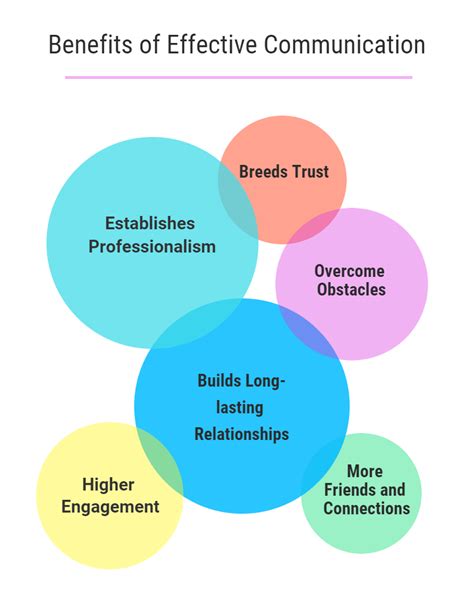The world of tech animation is a rapidly evolving field that combines technical skills with artistic creativity. As a professional in this field, it's essential to stay up-to-date with the latest techniques and tools to remain competitive. In this article, we'll explore five essential tech anim techniques that every professional should know.
Understanding the Basics of Tech Animation
Before diving into the techniques, it's essential to understand the basics of tech animation. Tech animation, also known as technical animation, is a type of animation that focuses on explaining complex technical concepts in a clear and concise manner. It's commonly used in fields such as engineering, architecture, and product design.
Tech animation involves creating 3D models, animations, and simulations to visualize complex data and make it easier to understand. It requires a strong understanding of technical concepts, as well as artistic skills to create engaging and informative animations.

Technique 1: Storyboarding for Tech Animation
Storyboarding is an essential technique in tech animation that involves creating a visual representation of the animation's sequence of events. It helps to plan out the pacing, camera angles, and overall flow of the animation.
To create a storyboard, start by breaking down the script into individual shots. Then, sketch out each shot, including the camera angle, lighting, and character placement. This will help you visualize the animation and make any necessary changes before moving on to the next stage.

Mastering 3D Modeling Techniques
3D modeling is a critical aspect of tech animation, and mastering the techniques involved is essential for creating realistic and detailed models. There are several 3D modeling techniques, including polygon modeling, NURBS modeling, and subdivision surface modeling.
To master 3D modeling techniques, start by learning the basics of 3D modeling software such as Blender or Maya. Then, practice creating simple models, such as a cube or a sphere, before moving on to more complex models.

Technique 2: Lighting and Texturing for Realism
Lighting and texturing are essential techniques in tech animation that help to create realistic and detailed models. Lighting involves setting up lights in the scene to create a realistic and natural look, while texturing involves adding surface details to the model.
To master lighting and texturing techniques, start by learning the basics of lighting and texturing software such as V-Ray or Arnold. Then, practice creating simple lighting setups and textures, before moving on to more complex scenes.

Understanding Simulation and Dynamics
Simulation and dynamics are critical aspects of tech animation that involve creating realistic simulations of real-world phenomena. This can include things like physics simulations, fluid dynamics, and rigid body dynamics.
To understand simulation and dynamics, start by learning the basics of simulation software such as Houdini or Maya. Then, practice creating simple simulations, such as a bouncing ball or a rolling wheel, before moving on to more complex simulations.

Technique 3: Visual Effects for Tech Animation
Visual effects are an essential technique in tech animation that help to enhance the realism and visual appeal of the animation. This can include things like fire and smoke simulations, explosions, and water effects.
To master visual effects techniques, start by learning the basics of visual effects software such as Nuke or After Effects. Then, practice creating simple visual effects, such as a fire simulation or a smoke effect, before moving on to more complex effects.

Mastering Animation Principles
Mastering animation principles is essential for creating realistic and engaging tech animations. This includes understanding the 12 basic principles of animation, including squash and stretch, anticipation, and timing.
To master animation principles, start by learning the basics of animation software such as Blender or Maya. Then, practice creating simple animations, such as a bouncing ball or a walking character, before moving on to more complex animations.

Technique 4: Storytelling for Tech Animation
Storytelling is an essential technique in tech animation that helps to engage the audience and convey complex technical information in a clear and concise manner. This involves creating a narrative that flows logically and is easy to follow.
To master storytelling techniques, start by learning the basics of storytelling principles such as pacing, tone, and character development. Then, practice creating simple stories, such as a character explaining a technical concept, before moving on to more complex stories.

Understanding the Importance of Collaboration
Collaboration is a critical aspect of tech animation that involves working with other professionals, such as engineers, architects, and designers, to create accurate and informative animations.
To understand the importance of collaboration, start by learning about the different roles involved in tech animation, including scriptwriters, directors, and animators. Then, practice working with others on simple projects, such as a team-based animation project, before moving on to more complex collaborations.

Technique 5: Staying Up-to-Date with Industry Trends
Staying up-to-date with industry trends is essential for tech animators to remain competitive. This involves staying current with the latest software, techniques, and technologies.
To master this technique, start by following industry leaders and professionals on social media and attending industry conferences and workshops. Then, practice using new software and techniques on simple projects, before moving on to more complex projects.







We hope this article has provided you with a comprehensive understanding of the essential tech anim techniques for professionals. By mastering these techniques, you'll be well on your way to creating engaging and informative tech animations that showcase your skills and expertise.
What is tech animation?
+Tech animation, also known as technical animation, is a type of animation that focuses on explaining complex technical concepts in a clear and concise manner.
What are the essential techniques for tech animators?
+The essential techniques for tech animators include storyboarding, 3D modeling, lighting and texturing, simulation and dynamics, and storytelling.
What is the importance of collaboration in tech animation?
+Collaboration is critical in tech animation as it involves working with other professionals, such as engineers, architects, and designers, to create accurate and informative animations.
